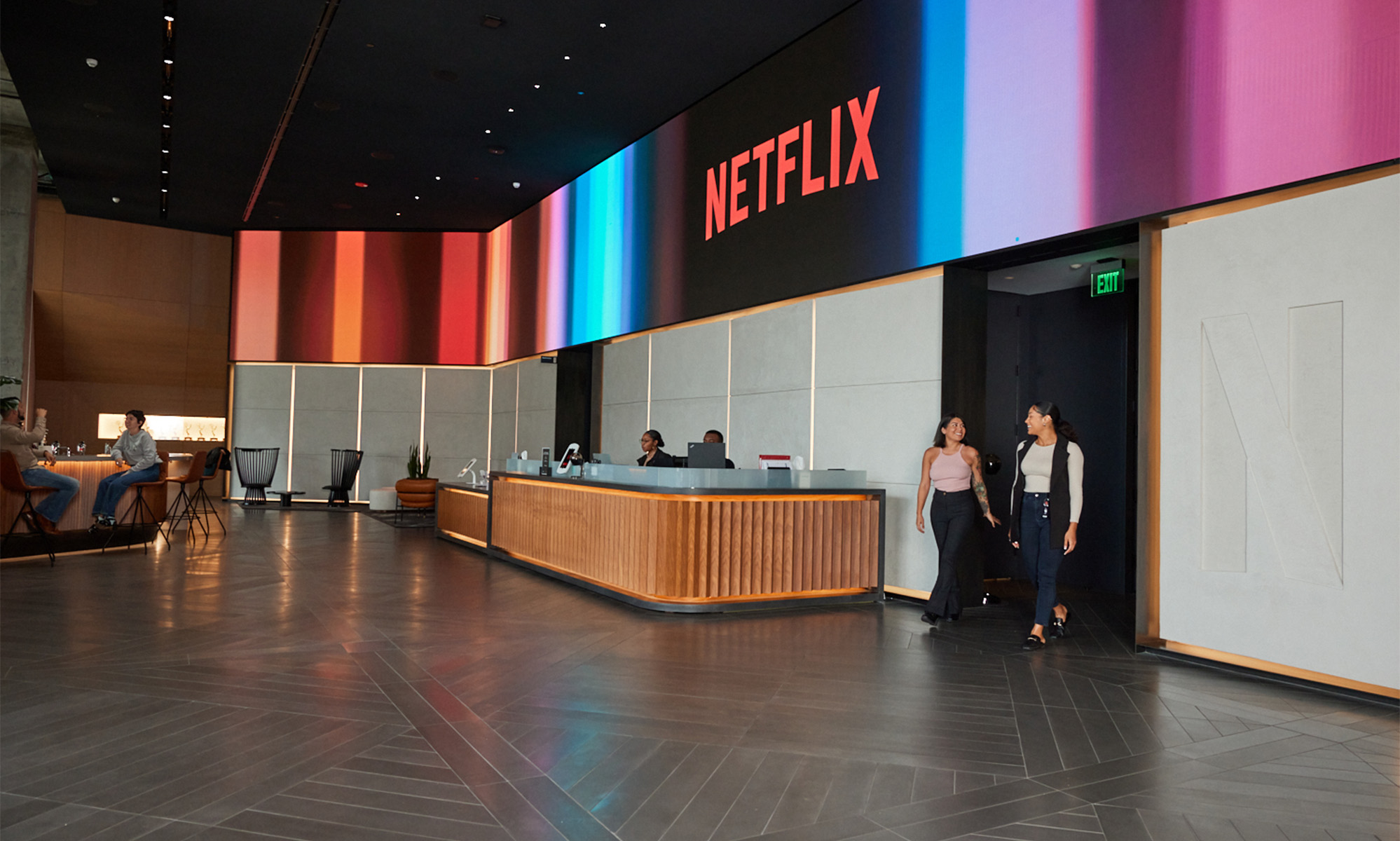Netflix (NFLX 0.04%) became the world's largest streaming video service, with nearly 150 million subscribers, by breaking the traditional broadcast television mold. The company offers on-demand movies and television shows that consumers can watch without being interrupted by commercials or advertising, all for a low monthly price.
The question of including ads has resurfaced numerous times over the years, but Netflix execs have steadfastly held the line. They say the company won't consider commercials as it could potentially alienate Netflix's core streaming audience.
However, with the growing success of ad-supported services like Disney (DIS 1.83%)-controlled Hulu and Roku (ROKU 1.25%) and their increasing popularity, is now the time for Netflix to rethink its longtime strategy?

Elisabeth Moss as June Osborne in a scene from Hulu's The Handmaid's Tale. Image source: Hulu.
The times, they are a-changing
At an advertising industry conference in April, a number of ad executives were asked about Netflix's historical ban on advertising. Some said that Netflix's growth would eventually slow, forcing the company to reconsider, while others said price increases could only go so far before customers cried foul.
Joshua Lowcock, chief digital officer of ad agency UM Worldwide, said, "Netflix is ad-free now. I can't imagine a world where Netflix will be ad-free forever. If you look at their content costs ... that's where addressable advertising and new ad formats will come in."
Kristin Lemkau, chief marketing officer for JPMorganChase, said it comes down to choice. "The consumer wants choice, and they want something that creates value for them," she said. "To the extent that you've got this subscription version versus the nonsubscription version, consumers will take that trade-off."
Pricing power -- to a point
Earlier this year, Netflix announced a price hike, raising monthly subscriptions between 12% and 18%, depending on the pricing tier. A survey in the wake of that increase found that 27% of U.S. customers said they were at least considering canceling the service, with 3% saying they "will definitely cancel," while another 24% said they "might." That shows that even Netflix's pricing power has its limits.
Not every country has the level of disposable income we enjoy in the U.S., however. Growth has been slow in some markets, and Netflix has gone so far as to test lower price points for a mobile-only subscription in certain developing countries, saying it was to gauge consumer interest.
Offering a choice
Recent data shows that Hulu is gaining subscribers at twice the rate of Netflix. Last year, the platform added 8 million new subscribers, up 48% year over year, and its customer base now stands at 28 million. Hulu has seen significant success in offering multiple options for subscribers to choose from. The company offers an ad-supported service at $5.99 per month, an ad-free service for $8.99, and Hulu + Live TV for $44.99 per month.
Roku has seen similar success with its ad-supported platform. In 2018, its active membership grew by 7.8 million to more than 27 million, up 40% year over year, also exceeding Netflix's recent subscriber growth rate of about 25%.
The success of these two services shows there's an appetite for ad-supported content, one that Netflix would be foolhardy to ignore.

Image source: Getty Images.
The best of both worlds
Could Netflix eventually be all things to all people by offering a cheaper, ad-supported plan? Some people think it's inevitable.
Late last year, Jeff Green, CEO of The Trade Desk (TTD 2.03%), said he believes that Netflix will eventually follow Hulu by offering an ad-supported tier alongside its existing ad-free subscription service. "Netflix is 150 [million], 170 million people all watching stuff without ads," Green said. "[But] there's a lot of people who will tolerate it, either because the money's important to them or they're not that offended by ads, or they're used to it, or some combination of it. ... I do believe that it's inevitable" that Netflix will offer an ad-supported tier.
The Trade Desk specializes in digital ads, specifically programmatic advertising. The company automates the process of ad-buying with high-speed computers and sophisticated algorithms, matching ad agencies and brands with available advertising opportunities. This means Green and his team have some insight regarding the industry and what works. He believes that in order for Netflix to continue its impressive growth outside the U.S., the company will eventually be forced to offer a lower-priced option in developing countries, and the best way to do that is to support it with advertising.
Is it inevitable?
Netflix has long said it would never run advertising on its signature service, but it hasn't specifically addressed the issue of offering a lower-price, ad-supported alternative tier. With millions of potential customers out there who might be willing to pay for that type of service, Netflix may just have to reconsider.









